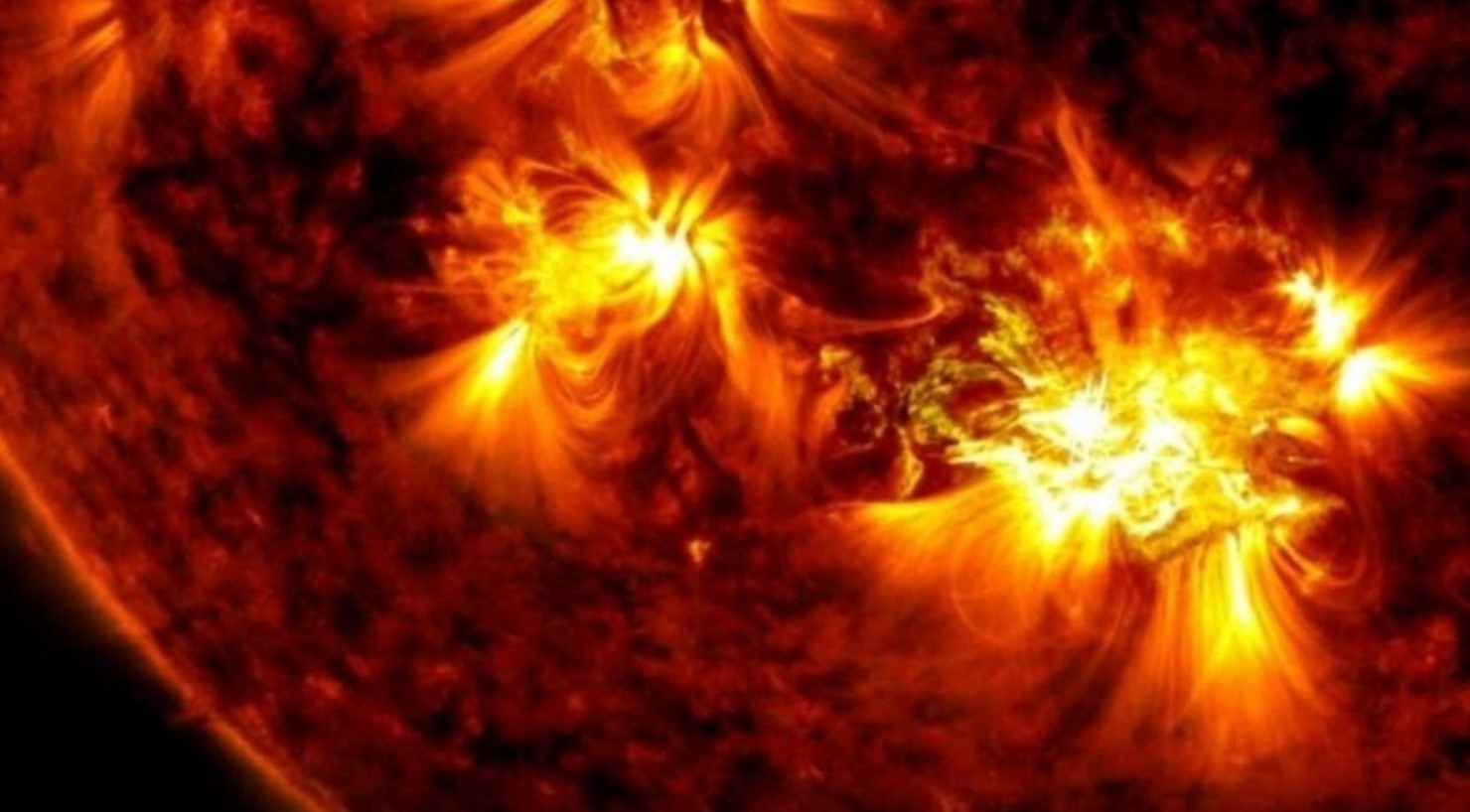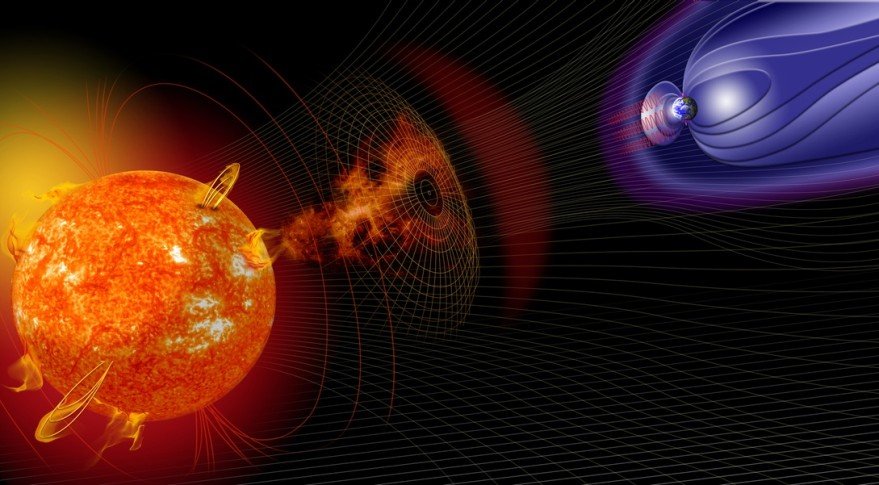Incoming Huge Solar Storms Could Destroy Many Satellites, U.S. Gov’t Scientist Warns
August 12, 2022
 By Nikolay Atanasova
By Nikolay Atanasova
A new era of space weather is about to rock our world—and it’s probably going to destroy many satellites in the next five years, according to solar storms expert Tzu-Wei Fang, a space scientist at NOAA’s Space Weather Prediction Center (SWPC).
“Whatever you’ve experienced in the past two years doesn’t ma

Newsweek
@Newsweek
·
Follow
A surprise geomagnetic storm hit Earth on Sunday, while another is forecast to reach us today.

newsweek.com
Earth Pummeled by Solar Storms As More Sunspots Appear on Sun's Surface
A surprise geomagnetic storm hit Earth on Sunday, while another is forecast to reach us today.
6:33 AM · Aug 8, 2022
A new solar activity cycle is much stronger than anticipated and it’s already presenting major problems for satellite operators who are trying to keep their spacecraft in orbit while maintaining functionality.
Solar storms can destroy satellites with ease.

An increase in solar activity will risk damaging or disrupting spacecraft. Credit: NASA
During a panel discussion organized by the Secure World Foundation this week, Fang warned the audience that the February solar storm, which was responsible for the destruction of dozens of newly launched SpaceX Starlink satellites, was only the tip of the iceberg.
“That storm was actually a minor storm in our catalog,” she said. “It’s not a huge storm.”
One effect of the increased space weather activity the world will experience during this new solar cycle is an increased amount of drag on satellites as huge solar storms heat and expand the upper atmosphere, increasing its density.
This was demonstrated in February when a solar storm caused 38 of 49 newly launched SpaceX Starlink satellites to reenter the atmosphere. The spacecrafts’ thrusters were unable to overcome the increased atmospheric drag generated by the solar storm, therefore the satellites fell back into the atmosphere and were destroyed.
The SWPC has been collaborating with SpaceX in order to investigate the aforementioned occurrence and determine, among other things, how models of space weather can more accurately predict atmospheric circumstances and solar storms that can destroy satellites.
In the near future an article that provides a summary of those findings will be published in a journal.
https://youtu.be/XXdX-J8KO0w
MORE HERE: https://www.activistpost.com/2022/08/incoming-huge-solar-storms-could-destroy-many-satellites-u-s-govt-scientist-warns.html
Thanks to: https://www.activistpost.com
August 12, 2022
 By Nikolay Atanasova
By Nikolay AtanasovaA new era of space weather is about to rock our world—and it’s probably going to destroy many satellites in the next five years, according to solar storms expert Tzu-Wei Fang, a space scientist at NOAA’s Space Weather Prediction Center (SWPC).
“Whatever you’ve experienced in the past two years doesn’t ma

Newsweek
@Newsweek
·
Follow
A surprise geomagnetic storm hit Earth on Sunday, while another is forecast to reach us today.

newsweek.com
Earth Pummeled by Solar Storms As More Sunspots Appear on Sun's Surface
A surprise geomagnetic storm hit Earth on Sunday, while another is forecast to reach us today.
6:33 AM · Aug 8, 2022
A new solar activity cycle is much stronger than anticipated and it’s already presenting major problems for satellite operators who are trying to keep their spacecraft in orbit while maintaining functionality.
Solar storms can destroy satellites with ease.

An increase in solar activity will risk damaging or disrupting spacecraft. Credit: NASA
During a panel discussion organized by the Secure World Foundation this week, Fang warned the audience that the February solar storm, which was responsible for the destruction of dozens of newly launched SpaceX Starlink satellites, was only the tip of the iceberg.
“That storm was actually a minor storm in our catalog,” she said. “It’s not a huge storm.”
One effect of the increased space weather activity the world will experience during this new solar cycle is an increased amount of drag on satellites as huge solar storms heat and expand the upper atmosphere, increasing its density.
This was demonstrated in February when a solar storm caused 38 of 49 newly launched SpaceX Starlink satellites to reenter the atmosphere. The spacecrafts’ thrusters were unable to overcome the increased atmospheric drag generated by the solar storm, therefore the satellites fell back into the atmosphere and were destroyed.
The SWPC has been collaborating with SpaceX in order to investigate the aforementioned occurrence and determine, among other things, how models of space weather can more accurately predict atmospheric circumstances and solar storms that can destroy satellites.
In the near future an article that provides a summary of those findings will be published in a journal.
https://youtu.be/XXdX-J8KO0w
MORE HERE: https://www.activistpost.com/2022/08/incoming-huge-solar-storms-could-destroy-many-satellites-u-s-govt-scientist-warns.html
Thanks to: https://www.activistpost.com






 Sat Mar 23, 2024 11:33 pm by globalturbo
Sat Mar 23, 2024 11:33 pm by globalturbo

